Kap Bambino, Obsess, 2011
Shot through Colonel Blimp, director Carl Burgess’ new promo for Kap Bambino track, Obsess, features actors demonstrating (some better than others) their ‘ability’ to express a range of emotions.
Shot through Colonel Blimp, director Carl Burgess’ new promo for Kap Bambino track, Obsess, features actors demonstrating (some better than others) their ‘ability’ to express a range of emotions.
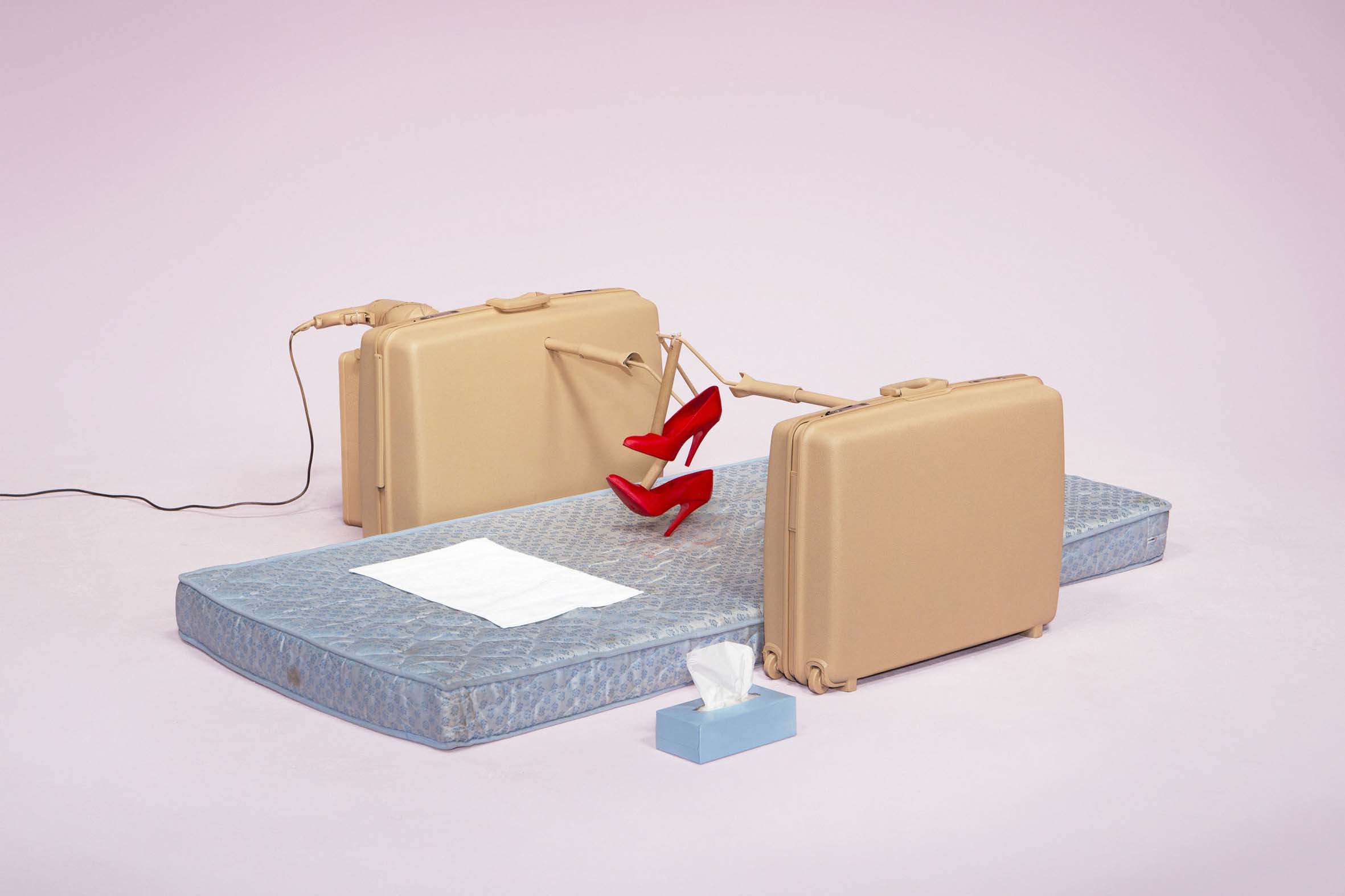
Dutch designers Lernert & Sander create pieces that reflect on the remarkable, often messy endeavor of art-making. In their surreal, Pantone world, the creative process is always beautifully exposed.
Though not yet a household name, the Dutch duo have amassed a considerable body of work – including TV commercials, short films, print pieces, and art installations – that’s darkly humorous and eminently engaging. We first got hooked on their witty films series “How To Explain…” and “The Procrastinators.” In the former, Lernert & Sander film conceptual artists as they (painstakingly) attempt to explain their work to their parents. In the latter, a series of artists confess their struggles with procrastination. Further digging led us to “Chocolate Bunny” and their first “Revenge” film, which elegantly stages and then documents the destruction of a single, innocent egg.
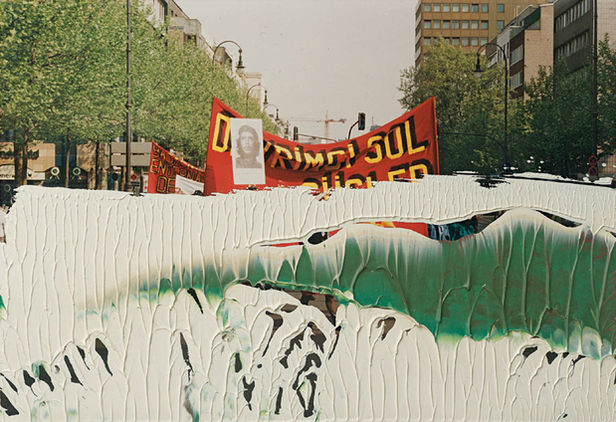
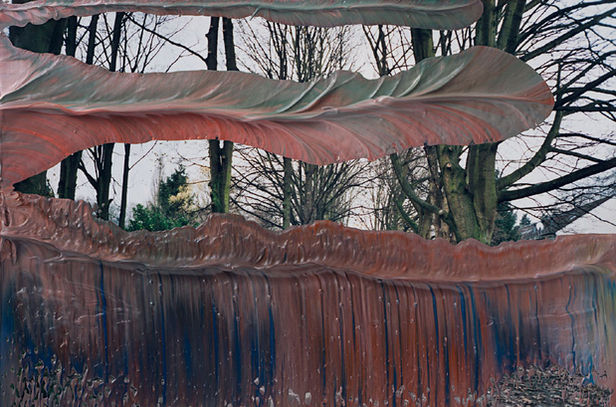
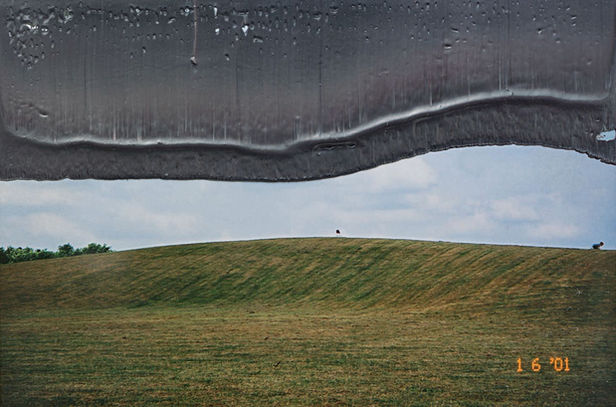
Gerhard Richter is a German visual artist and one of the pioneers of the New European Painting that emerged in the second half of the twentieth century. Richter has produced abstract as well as photorealistic paintings, and also photographs and glass pieces. His art follows the examples of Picasso and Jean Arp in undermining the concept of the artist’s obligation to maintain a single cohesive style.
In the early 1960s Richter was exposed to both American and British Pop art, which was just becoming known in Europe, and to the Fluxus movement. Richter consistently regarded himself simply as a painter. He began to paint enlarged copies of black-and-white photographs using only a range of treys.
The evident reliance on a ready-made source gave Richter’s paintings an apparent objectivity that he felt was lacking in abstract art of the period. The indistinctness of the images that emerged in the course of their transformation into thick layers of oil paint helped free them of traditional associations and meaning. Richter concentrated exclusively on the process of applying paint to the surface.
As early as 1966 he had made paintings based on colour charts. Although these paintings, like those based on photographs, were still dependent on an existing artefact, all that was left in them was the naked physical presence of colour as the essential material of all painting.
All vestiges of subject-matter seem to have been abandoned by Richter in the paintings that he began to produce in 1976. Even these supposedly wholly invented paintings retained a second-hand look, as if the brushstrokes had been copied from photographic enlargements.
The extreme variety of Richter’s work left him open to criticism, but his rejection of an artificially maintained consistency of style was a conscious conceptual act that allowed him to investigate freely the basic principles of painting.
Sarah came from rural massachusetts. She had been accepted to other, fancier schools, but luckily for us, she was broke and the one thing our Philadelphia school had to offer was big scholarships. I don’t remember much about the work she applied with other than it was sculpture and mainly purple or blue and she arrived holding a six-month-old baby in her arms, which was mainly pink.
While everyone was sweating it out trying to be the best artist, Sarah was making work about failure and love and personal offering, which came easily to her. When the faculty threatened to fail her, she protested by making more purple sculpture and having another baby. For the past 10 years she has collaborated in owning and running Canada, a gallery on the lower west side of the Lower East Side.
Muammar Gaddafi, the deposed leader of Libya, died on 20 October 2011 during the Battle of Sirte. Gaddafi was found hiding in a culvert west of Sirte and captured by National Transitional Council forces. He was killed shortly afterwards. The NTC initially claimed he died from injuries sustained in a firefight when loyalist forces attempted to free him, although videos of his last moments show rebel fighters beating him before he was shot several times.
The interim Libyan authorities decided to keep his body “for a few days”, NTC oil minister Ali Tarhouni said, “to make sure that everybody knows he is dead.” To that end, the body was moved to an industrial freezer where members of the public were permitted to view it as confirmation. Gaddafi’s body was publicly displayed in a freezer in Misrata until the afternoon of 24 October. Video shows Gaddafi’s body on display in the center of an emptied public freezer in Misrata. Some people drove hundreds of kilometres across Libya to see proof that he had died. One viewer of the body said about the public display of his corpse, “God made the pharaoh as an example to the others. If he had been a good man, we would have buried him. But he chose this destiny for himself.” A Reuters reporter who saw the body said that there was gunshot residue on the wounds, consistent with wounds of people when they are shot at close range.
Gaddafi’s body was displayed alongside that of his son, Mutassim Gaddafi, who also died in the custody of Misratan fighters after his capture in Sirte on 20 October. The younger Gaddafi’s body was removed from the refrigerator for burial at the same time as his father’s on 24 October.
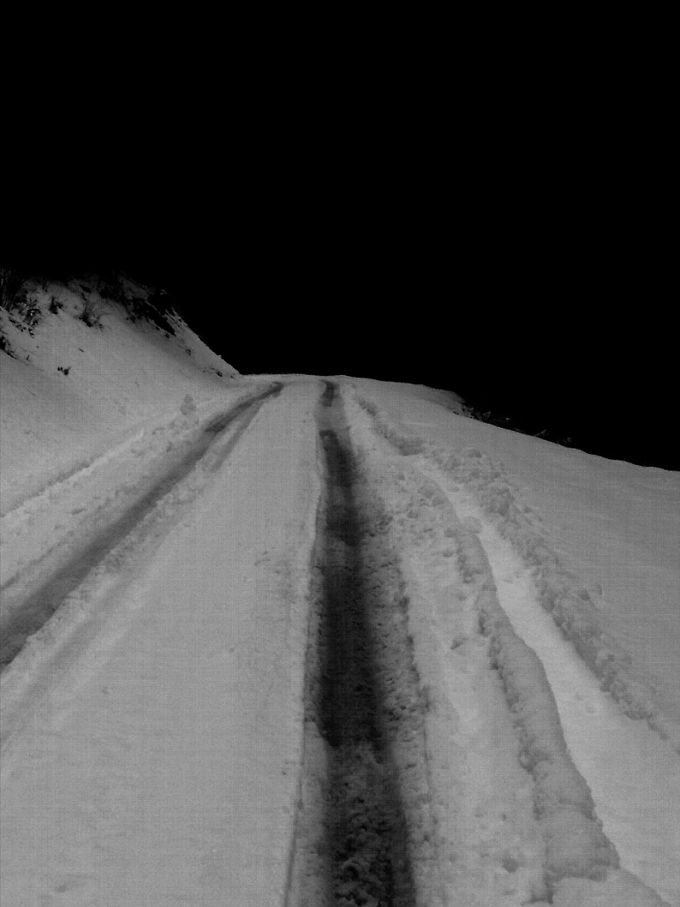
Oscar Tuazon, I Can’t See, 2010
Do.Pe. Press, Paraguay Press, Edition of 2.000. Silkscreen cover, color ill.
This publication is the first monograph of American artist Oscar Tuazon. It accompanies the exhibition Bend It Till It Breaks, organized by Chiara Parisi and presented at Le Centre international d’art et du paysage de l’île de Vassivière (Ciap), November 15, 2009-February 14, 2010; Oscar Tuazon, organized by Philippe Pirotte and presented at Kunsthalle Bern, February 13-April 25, 2010; and the exhibition with Elias Hansen, It Was One of my Best Comes, organized by Sandra Patron and presented at Parc Saint Léger – Centre d’art contemporain, March 20 – June 6, 2010.
Edited by Oscar Tuazon, Thomas Boutoux, Pierre François Letué, and Dorothée Perret.
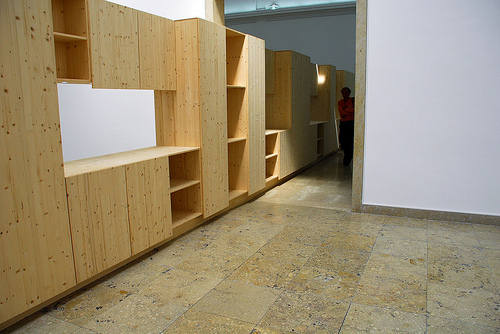
Born in England in 1964, Liam Gillick emphasizes his roots in postwar Europe and his consequent distrust of authority as major influences in his curatorial techniques and artistic practices. Currently working in London and New York, “engaged with the processes of the everyday,” he rejects the use of the term “contemporary art” citing it as historical and redundant.
Working in a variety of different mediums including large-scale installations, inkjet prints, and music, as well as curatorial projects and theoretical writings, Gillick’s work transcends disciplinary categories. In 2009, he was selected to represent Germany in the Venice Biennale, and he was nominated for the prestigious Turner Prize in 2002. Gillick has been the subject of numerous exhibitions, including a retrospective at the Hessel Museum of Art at Bard College in 2012, as well as solo shows at institutions including the Museum of Contemporary Art in Chicago (2009), Rotterdam’s Witte de With (2008), Kunsthalle Zurich (2008), the Palais de Tokyo in Paris (2005), and the Museum of Modern Art (2003). He has also contributed to magazines and journals such as Frieze, Artforum, and October.
A Balloon to Allah, Nefise Özkal Lorentzen, 52 min, Documentary.
Norwegian-Turkish filmmaker Nefise Özkal Lorentzen wants to send a balloon to change the role of women in the Muslim culture. By following her grandmother’s path as a ‘sufi’, she embarks on a journey to rediscover the Islam of her mother’s mother. The film switches between her actual journey and her dreams.
She experiences the diversity of Cairo, Istanbul and Oslo by drinking tea with the Egyptian feminist Nawal El Saadawi, finding hope and inspiration in the life of the 90-year-old author Gamal al-Banna and meeting a young Salafist. On her journey through the labyrinth, it dawns on Nefise that Islam is not the only place to search, but that there are correlations between the three Abrahamic religion and the oppression of women.
Partly, perhaps as an act of mourning; more obviously as a reparative act, Lijn conceived of her manipulation of prisms as giving them a kind of restorative posthumous existence to remedy their mutilated identity: “A prism on its own is lost. It has no feet, no legs to stand on”. Her fantasy ran that they had lost their function in a world of technical forms by no longer being “anchored into a machine, which one way or another will be a machine for seeing… I must give it a body”.
Liliane Lijn (born 1939), is an American-born artist who was the first woman artist to work with kinetic text (Poem Machines), exploring both light and text as early as 1962. She has lived in London since 1966.
Utilising highly original combinations of industrial materials and artistic processes, Lijn is recognised for pioneering the interaction of art, science, technology, eastern philosophy and female mythology. Lijn is particularly known for her timeless, cone-shaped Koan series. In conversation with Fluxus artist and writer, Charles Dreyfus, Lijn stated that she primarily chose to ‘see the world in terms of light and energy’. Lijn describes her work as ‘A constant dialogue between opposites, my sculptures use light and motion to transform themselves from solid to void, opaque to transparent, formal to organic.’
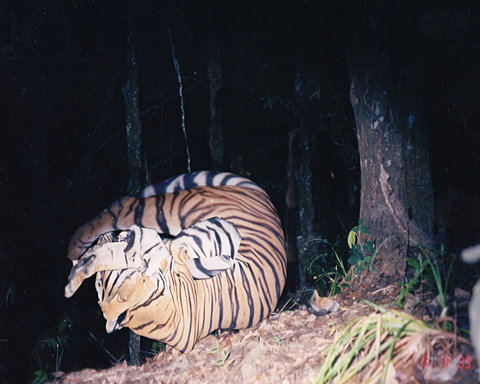
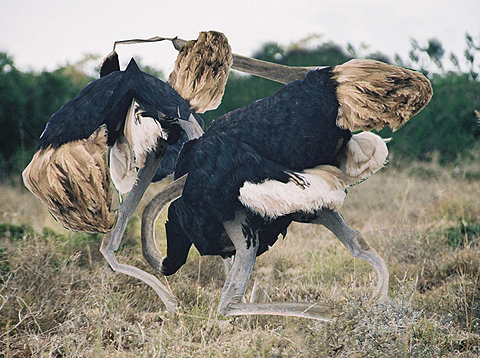
Harm van den Dorpel (born 1981 in Zaandam, The Netherlands) is a Berlin-based conceptual artist. With his work he investigates aesthetic hierarchies and cybernetic organisations of art and contemporary visual culture in general. He explores how intuitive associative expression, and algorithmically structured information systems can operate in hybrid. His practice includes sculpture, collage, animation and websites. He is regarded a key figure in Post-Internet art. Harm van den Dorpel is represented by Wilkinson Gallery in London. His work has been shown in the exhibition ‘Free’ at the New Museum in New York, and the survey exhibition ‘Art Post-Internet’ at The Ullens Center for Contemporary Art.
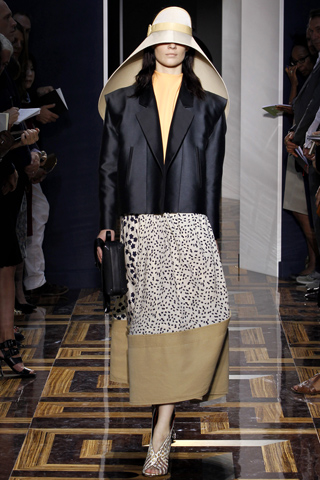
At least five benches collapsed as people took their seats at the Rue Cassette space of the Balenciaga show. Too much soufflé last night, maybe? No one was badly hurt, just startled, but before another one could go crashing to the floor, a voice came on the loudspeaker and asked the audience to stand. It sort of felt like church. Which was fitting; the fashion set has long worshipped at the altar of Nicolas Ghesquière.
Even without the bench brouhaha, though, this would’ve been a memorable Ghesquière collection. He’s often gone back to Cristobal’s archives, but with other designers looking to midcentury couture this season, what set apart his own dip into history was the way he adapted traditionally haute constructions to the street. On the one hand, he asked himself, what are the elements of a classic urban wardrobe? And on the other, how do I Cristo-fy them with the legendary couturier’s floating, almost suspended shapes?
Quotidian jean jackets inspired spongy color-blocked numbers with shoulders as exaggerated as the short shorts paired with them were small. Denim made an appearance, too, but these weren’t the rear end- and leg-enhancing pants that are Ghesquière’s bread and butter. Rather, they were belted high on the waist and pleated for a fuller shape through the thigh. Sailor uniforms got an airing in the form of striped ottoman V-neck oversize tunic dresses. And even white T-shirts got the haute treatment, in a foamy fabric in slouchy, asymmetrical cuts. Some of these shapes were more challenging than others, but they’ll resonate with his fashion-mad fans.
Ghesquière really pushed the silhouette with the dresses at the end of the show. Patchworked from archival black and white prints or panels of tan and black, they came with Watteau backs that ballooned behind the models. With their large, elliptical brims, their visors (borrowed from a famous Irving Penn photograph) accentuated the bold diagonal lines.
If the Twin Peaks soundtrack playing before the show was any clue, unsettling the eye was at least part of Ghesquière’s point. (David Lynch, by the way, is having a moment; he designed Paris’ most talked-about new nightclub, Silencio.) No one can look backward and come up with propositions we’ve never seen before like Ghesquière can. Amen to that. Nicole Phelps.